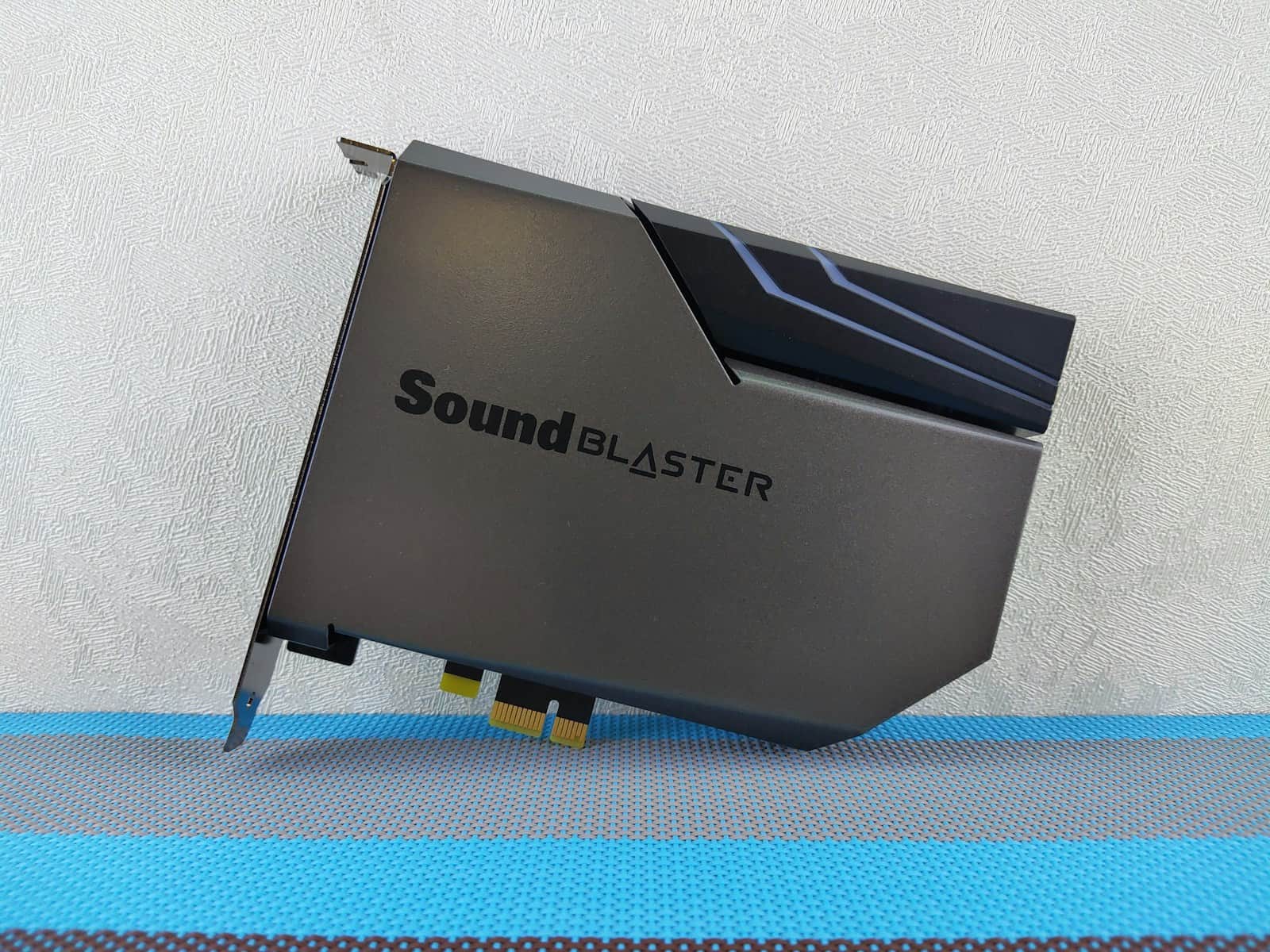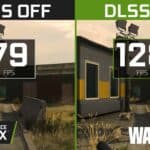Sound cards were once the cornerstone of PC audio quality, with dedicated hardware like the Creative Sound Blaster series leading the charge. However, as PCs evolved, so did their audio capabilities. Now, onboard audio, integrated directly onto motherboards, fulfills the sound needs of most users. This shift occurred as onboard audio improved in quality, negating the necessity for a separate sound card for everyday tasks and basic entertainment needs.
The niche for sound cards has narrowed, catering now primarily to audio professionals and enthusiasts. While integrated audio satisfies the majority, there remains a cohort of users for whom the nuanced improvement in audio quality a dedicated sound card provides is crucial. This group includes audiophiles, gamers seeking a competitive edge through superior sound cues, and professionals in sound engineering or content creation where audio precision is key.
Why Sound Cards Faded Away
The Rise of Integrated Audio
In the past, sound cards were a must-have for any PC user who wanted decent sound quality. However, as technology advanced, motherboard manufacturers started integrating audio chips directly onto the motherboard. These onboard audio solutions have improved dramatically over the years, offering good sound quality for most users. This made dedicated sound cards less necessary for the average user.
High-Quality Onboard Audio
Modern motherboards often come with high-quality audio codecs, digital-to-analog converters (DACs), and amplifiers. They can handle multi-channel audio, high-resolution audio formats, and even virtual surround sound. This level of audio performance is more than enough for casual listeners and gamers.
Specialized Audio Needs
While integrated audio has become the norm, sound cards still have their place for specific use cases.
- Audiophiles: Audiophiles who demand the absolute best sound quality often turn to dedicated sound cards. These cards offer superior audio processing, higher signal-to-noise ratios, and support for high-end audio formats.
- Musicians and Producers: Musicians and audio producers need sound cards with low latency and multiple input/output options for recording and mixing audio.
- Gamers: Some gamers prefer sound cards for their enhanced positional audio and customizable sound profiles.
External Audio Interfaces
Another factor contributing to the decline of sound cards is the rise of external audio interfaces. These devices connect to your computer via USB and offer similar functionality to sound cards. They are popular among musicians, podcasters, and streamers due to their portability and flexibility.
The Future of Computer Audio
As integrated audio continues to improve, sound cards might become even less common for general users. However, they will likely remain relevant for niche audiences who require specialized audio features and performance. The future of computer audio might also see more integration of audio processing into software, reducing the need for dedicated hardware.
| Feature | Integrated Audio | Sound Card | External Audio Interface |
|---|---|---|---|
| Sound Quality | Good for most users | Excellent for audiophiles | Varies depending on the model |
| Convenience | Built-in, no extra hardware needed | Requires installation | Portable and easy to connect |
| Price | Included with the motherboard | Can be expensive | Varies depending on the model |
| Target Audience | Casual listeners, gamers | Audiophiles, musicians, producers | Musicians, podcasters, streamers |
Key Takeaways
- Sound cards have become less common as onboard audio quality has risen to meet most users’ needs.
- Dedicated sound cards remain important for professional audio work and high-end audio enthusiasts.
- The shift from sound cards to onboard audio reflects the general evolution of PC technology.
Evolution of PC Audio Technology
The landscape of PC audio has shifted dramatically from the necessity of internal sound cards to the prevalence of embedded solutions on motherboards.
The Rise of Onboard Audio
Early PCs often lacked the capability to produce complex sounds. This changed with motherboards acquiring built-in audio chips. Manufacturers began integrating audio functions directly onto the motherboard, leading to the widespread adoption of onboard audio. These solutions offered users the ability to experience sound without the need for additional hardware. They proved cost-effective and convenient, quickly becoming a standard feature.
Advancements in Integrated Sound
As technology progressed, the audio chips on motherboards improved significantly. Today’s integrated audio can handle high-definition sound with respectable clarity and fidelity. CPU and GPU upgrades also contributed to this advancement by reducing the performance load. Users now find that the sound quality of integrated audio satisfies their needs without the complexity of a dedicated sound card.
Comparing Onboard Audio and Dedicated Sound Cards
While integrated audio suffices for general use, dedicated sound cards remain relevant for tasks demanding superior audio quality. Internal sound cards offer features like advanced audio processing and the ability to drive higher-quality headphones and speakers. They provide finer control over sound output, appealing to audiophiles and professional audio editors. However, for most users, the sound quality of onboard audio meets their requirements, allowing PCs to remain streamlined in design and function.







